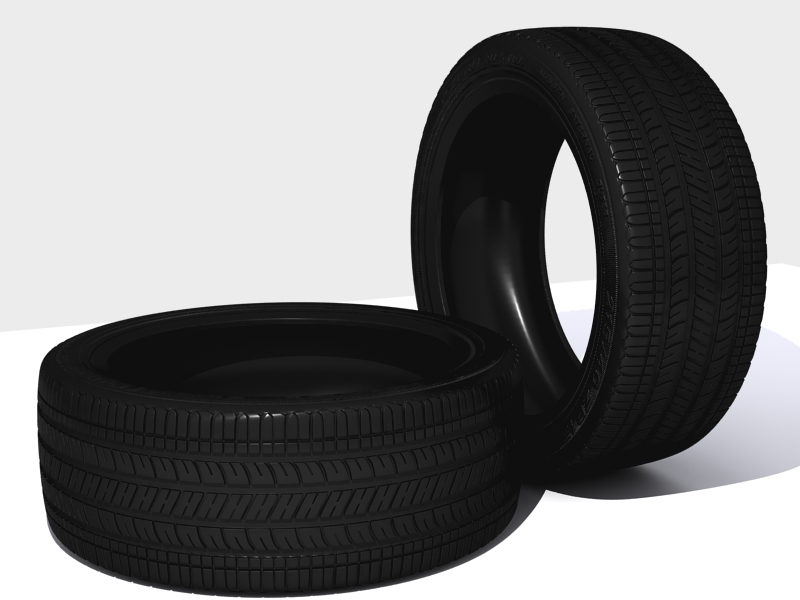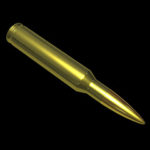Tyre (British English), is a ring-shaped vehicle component that covers the wheel’s rim to protect it and enable better vehicle performance. Most tires, such as those for automobiles and bicycles, provide traction between the vehicle and the road while providing a flexible cushion that absorbs shock. The first practical pneumatic tire was made by Scottish inventor John Boyd Dunlop while working as a veterinarian in May Street, Belfast in 1887 for his son’s bicycle, in an effort to prevent the headaches his son had while riding on rough roads. Dunlop’s patent application was filed from Oriel House, Westland Row in Dublin in 1893.
Dunlop’s patent was later declared invalid because of prior art by fellow Scot Robert William Thomson, although Dunlop is credited with “realising rubber could withstand the wear and tear of being a tire while retaining its resilience”.The development of this technology hinged on myriad engineering advances. In terms of materials, the vulcanization of natural rubber is credited to Charles Goodyear and Robert William Thomson. Synthetic rubbers were invented in the laboratories of Bayer in the 1920s. Today, over 1 billion tires are produced annually in over 400 tire factories, see List of tire companies.















